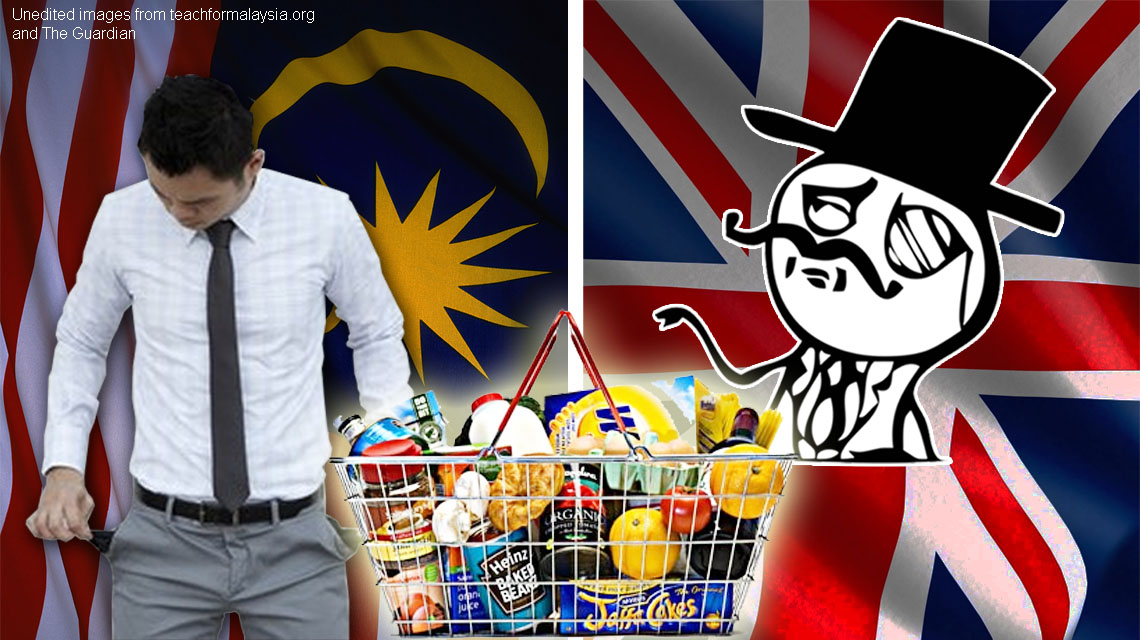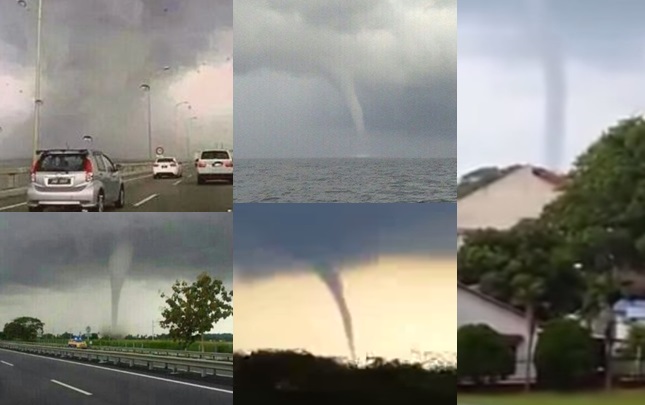40% of Malaysia’s fresh veggies are wasted for being… “too ugly”. Here’s where it goes.

- 397Shares
- Facebook368
- Twitter8
- LinkedIn7
- Email7
- WhatsApp7
We’ve all probably done it at some point: Carefully picking out the “prettiest” looking produce from the pile in supermarkets, making sure that there are no dents, blemishes, or… strange deformities. And sometimes, if there isn’t any produce that’s “pretty enough” we might even end up heading to another grocery store instead to get what we need. Macam no harm, right?
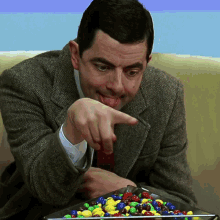
But the truth is, the way a produce looks doesn’t necessarily determine its quality (except if it’s obviously moldy or discolored, of course), and the less-pretty looking foods are just as good as any other. Meanwhile, the simple act of picking-and-choosing can actually be more harmful than we think.
So, have ugaiz ever wondered why we actually do this? Like is it because we think that “prettier” foods might taste better, or are we just being kiasu? And most importantly, what happens to the “ugly” fruits and vegetables that just didn’t make the cut?
They’re thrown away, and will mostly likely occupy landfills.
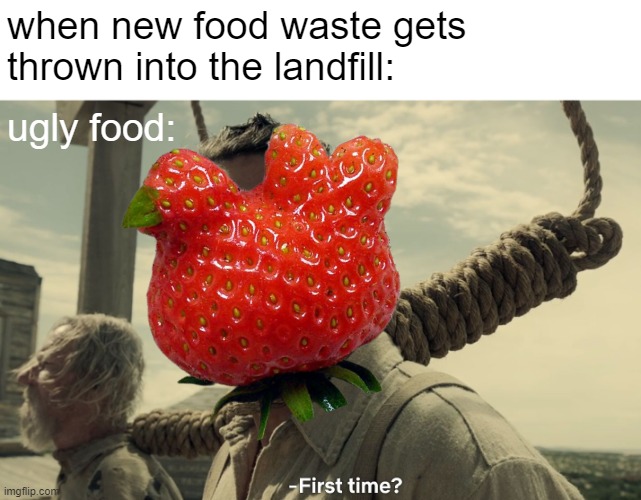
All our unrecycled waste goes to one place, and one place only: Landfills. In fact, there are 14 sanitary landfills and 161 normal landfills that are still operating all over Malaysia, since this is still the primary way we dispose of our trash. And with 40% of Malaysian fresh produce being immediately thrown after harvest for being “too ugly”, these fruits and veggies that weren’t lucky enough to be picked (heh heh), will most probably end up there after being thrown away.
Having this much food being unnecessarily thrown away is a huge problem, especially since our country is already having major food wastage issues. According to a study conducted by the Solid Waste Management and Public Cleansing Corporation (SWCorp) in 2018, Malaysia is estimated to generate around 16,688 tonnes of food waste PER DAY.

And in case you aren’t sure how much food that is, we’ll put it into perspective for you:
The average human being eats about 4 pounds of food each day. We converted the 16,688 tonnes, and got around 36,790,742 pounds in total. We then divided that amount by 4, and found that the amount of food that is wasted per day in Malaysia would be able to feed around 9,197,686 people. That’s way too much food to be wasted!
And even though most people think that food waste can decompose with ease, food waste can also be extremely harmful to the environment. Because when food begins to rot in a landfill, it starts to produce really potent greenhouse gases which then cause the greenhouse effect, and eventually… contribute to Global Warming.
But if no one buys it, then what else can they do with the remaining produce? Fortunately though, there are a few solutions that people have come up with to counter this problem…
They’re resold at a huge discount to eateries and those in the low-income earning category.
When it comes down to buying something, we can be pretty picky about the quality of things. But the moment it goes on discount? It’s a whole different story.
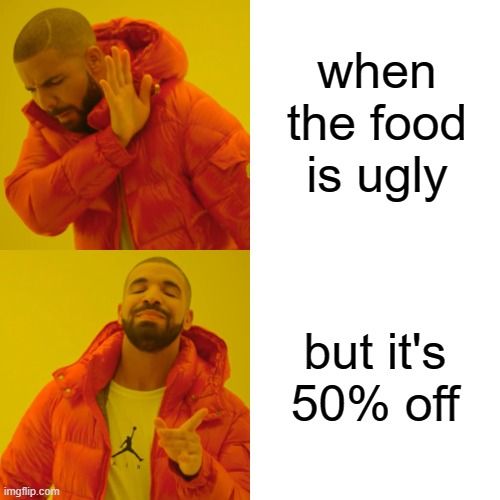
When no one is willing to buy these “ugly” foods, the only other alternative to throwing it away would be to sell it at a significantly cheaper price, sometimes up to 50% off! It’s a huge steal, considering that it tastes the same and provides the same quality but for half the price. This can also do a whole lotta good by making food that much more affordable for those in the low-income earning category.
Other than being sold directly to people, F&B establishments are usually very keen on purchasing these “ugly” foods, since they’re sold at a discount. Y’know, cause it provides the same quality for way cheaper, and can reduce the costs of making a meal.

Because at the end of the day, when we order a meal at a restaurant, we can’t really tell how the ingredients used in it look like since it all tastes the same anyways. Unless, of course, they use it for plating purposes like in those atas fine-dining places.
Not to mention, this could significantly help the food wastage issue; as these places can go through so many ingredients on the daily, they can also easily use up any leftover produce without fear of expiration, thus reducing the amount of fresh produce being thrown away.
And it’s still happening… all around the world.
Food wastage issues have been a global problem for quite some time now, which is ironic because around 811 million people around the world are still suffering from the effects of world hunger. And in the U.S., half of all their produce is thrown away because it doesn’t meet the standards of “beauty” needed to be sold in supermarkets.
Much like human beauty standards, having perfect produce each and every single time is unrealistic, as we’re bound to have some less-pretty apples of the bunch. Hence, to counter this issue, people have started coming up with ways to give these kinds of produce a new life; whether it’s through selling it at a discount, making it into something new, or even using it to prepare meals for Food Banks and Soup Kitchens, which then helps to feed the homeless and the hungry.
And even though most of us might be used to getting our produce from the local supermarkets, there are also businesses here in Malaysia that offer “ugly” food to members of the public. So, if you’re interested in finding out where you can get your hands on some of these affordable-yet-quality fresh produce, you can check out businesses like TreeDots, which offers ‘group buys’ for their groceries, along with other local vendors like Pasar Grub, Grub Cycle, Graze Market, and more!
- 397Shares
- Facebook368
- Twitter8
- LinkedIn7
- Email7
- WhatsApp7


